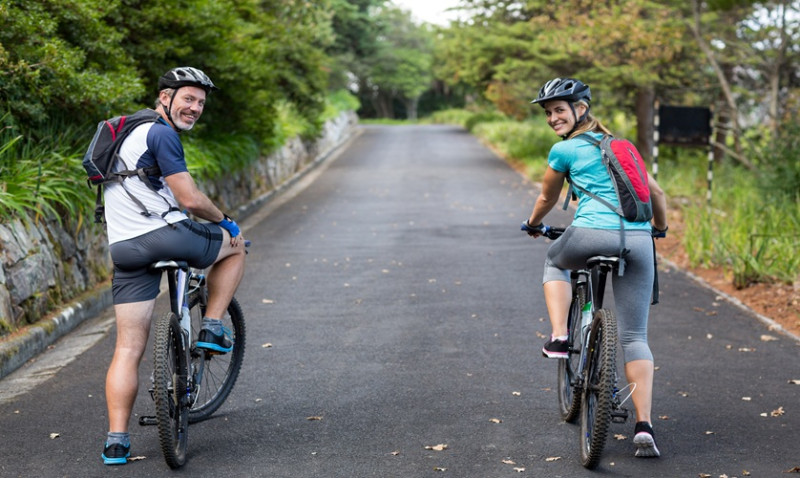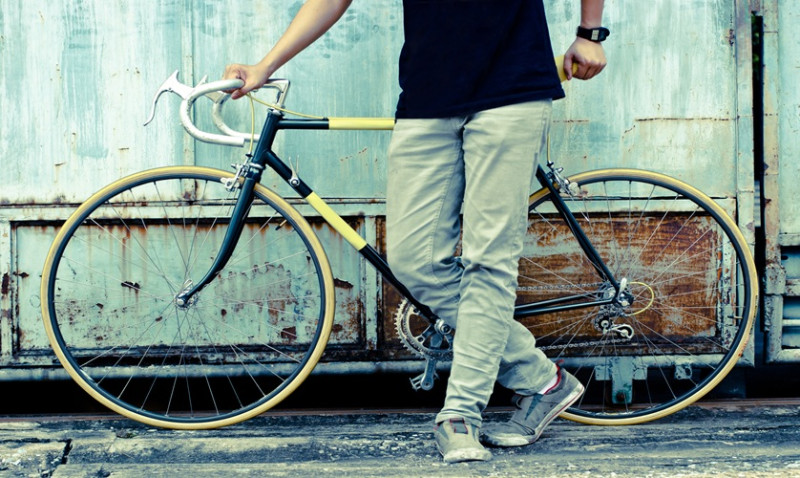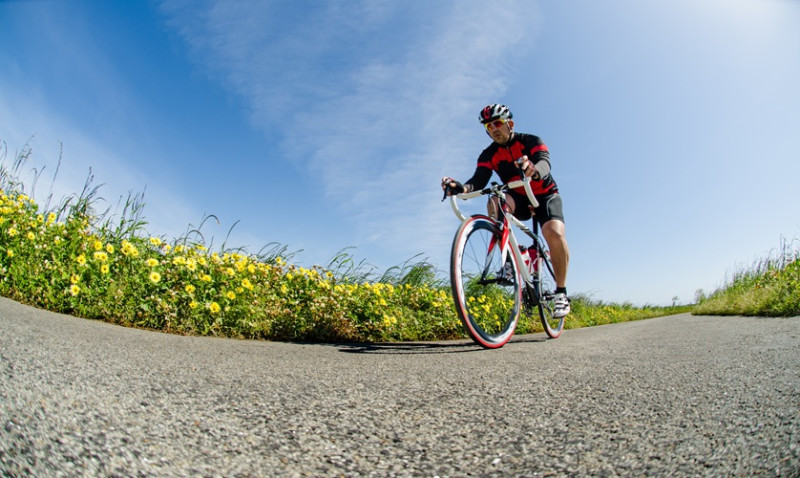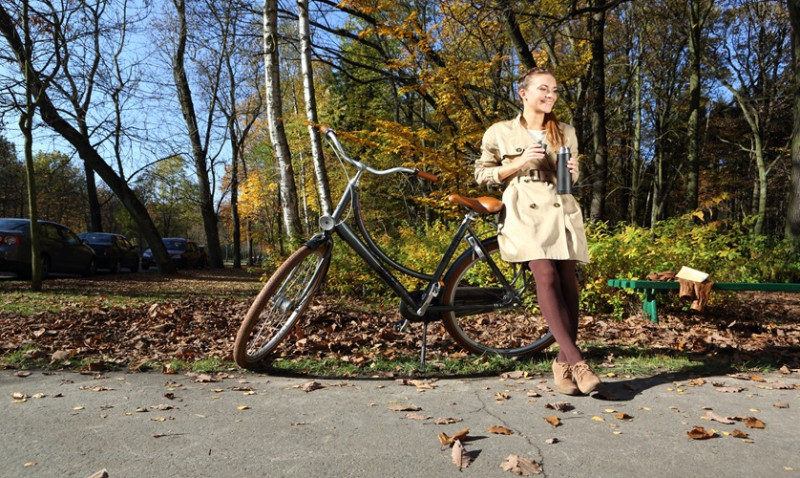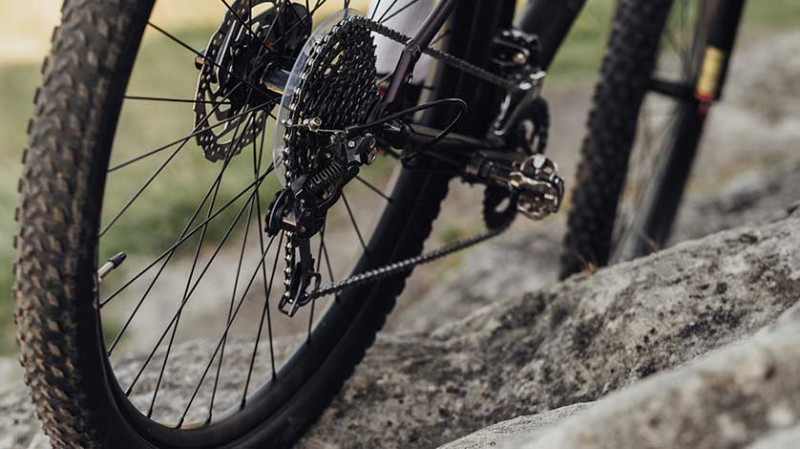
Whether you're a seasoned road cyclist, a casual weekend rider, or a daily commuter cruising through the streets of London, bike gears play a crucial role in enhancing your cycling experience. Choosing the right gear ratio, understanding how gears work, and knowing when to use them can make a massive difference in your comfort and performance. For those living in the UK – from DIY cycling enthusiasts and urban professionals to architects and designers who use cycling to get around cities – here's everything you need to know about bike gears.
1. What Are Bike Gears and Why Do They Matter?
Bike gears allow cyclists to maintain a comfortable pedalling cadence (the rate at which you pedal) whether climbing hills, riding on flats, or descending slopes. Essentially, gears make your ride easier and more efficient by altering the resistance and helping you adapt to changing terrain.
On modern bikes, gears consist of two main parts: the chainrings at the front (attached to the pedals) and the cogs at the back (the cassette on your rear wheel). The combination of these front and rear gears creates what’s known as the gear ratio. The more options you have, the more flexibility you gain when cycling through various conditions.
Choosing the right gear reduces physical strain and saves energy—a real advantage on hilly terrain or long commutes across cities like Manchester or Bristol. Plus, understanding bike gears empowers you to maintain a consistent speed with less effort, which is key whether you’re riding for leisure or racing against the clock to work.
2. How to Use Bike Gears Effectively
Using bike gears effectively is much more than just shifting when your legs feel tired. It's about anticipating changes in the terrain and adjusting accordingly. For example, when approaching a hill, shift to an easier gear before you start the climb. This preparation allows for a smoother transition and minimises the risk of chain drops or stalling mid-slope.
On flat terrain, using a middle or higher gear will allow you to ride faster with fewer pedal revolutions. Descending can also benefit from a higher gear, offering more resistance so you're not spinning out.
The key is to shift early, not when you're already struggling. Frequent, small adjustments help maintain cadence and reduce wear and tear on your drivetrain. If you're a commuter biking through busy city centres, being aware of upcoming traffic lights and stop-start traffic allows you to plan your gear shifts accordingly to avoid unnecessary effort at junctions.
3. Types of Gear Systems
Most bikes in the UK come with either derailleur or hub gear systems – each with its own benefits and ideal use cases. Derailleur systems are the most common and consist of separate components on the front and rear, allowing for a wide range of gears. They're lightweight and offer better efficiency, which is why they’re popular among road cyclists and mountain bikers alike.
Hub gears, on the other hand, are enclosed systems typically found on commuter and city bikes. They require less maintenance and are easier to use, though they usually offer fewer gear combinations. Hub gears are excellent for UK urban riders seeking reliability and low upkeep throughout the year, particularly during wet winters.
For those investing in bespoke bikes or building their own from scratch—as many DIY cyclists and tradesmen often do—a clear understanding of gear types can help you decide on a setup tailored to fit your lifestyle and regular routes.
4. Understanding Gear Ratios
Gear ratio refers to the relationship between the number of teeth on the front chainring and the rear cog. Simply put, a smaller gear ratio (e.g., 34 teeth at the front and 28 at the back) makes pedalling easier, ideal for tricky climbs or beginner cyclists. A larger gear ratio (e.g., 52 front, 11 rear) is tougher but allows for higher speed—favoured by racers and experienced cyclists.
Here’s a simple comparison:
| Scenario | Recommended Gear Ratio |
|---|---|
| Climbing steep hills | 34/28 |
| Flat commuting roads | 50/17 |
| High-speed descents | 52/11 |
Understanding this ratio can be an invaluable tool when setting up your bike or planning long cycles across the unpredictable British countryside.
5. How Many Gears Do You Really Need?
It’s easy to believe the more gears a bike has, the better it must be—but that’s not always true. Depending on your region in the UK and how you use your bike, you might not need that 22-speed setup.
For urban riders in flat cities like Cambridge, a 3-speed hub gear could be more than enough. However, if you're an ambitious cyclist tackling the steeper gradients of the Lake District or the rolling hills of Yorkshire, a 20+ gear combination might be necessary to prevent fatigue.
Professional tradesmen or architects who cycle between projects can benefit from multi-speed bikes that offer flexibility when crossing diverse cityscapes. Casual riders or weekend warriors may opt for simpler systems that focus on comfort over performance.
6. How to Maintain Gears
Gears, like any active component of your bike, require regular maintenance to stay smooth and functional. Allowing your gear system to get clogged with grime or misaligned can result in poor shifting, noise, and increased wear on components.
Regular cleaning of derailleurs and cassettes is essential, especially if you're tackling muddy trails or enduring rainy commutes across UK towns. Lubricating your chain and checking for wear at least once a month can protect your gear system and prolong its lifespan.
For hub gear systems, oil changes are occasionally needed—though much less frequently. If you’re not confident performing this maintenance yourself, a quick trip to your local bike shop is all it takes to keep gears running smoothly year-round.
7. Choosing the Right Gearing Setup for Your Needs
When choosing a bike or modifying your current one, consider your terrain, experience level, and riding style. Have you recently moved to a hilly city? Are you venturing into longer weekend rides through the countryside?
DIY cyclists might enjoy experimenting with a double chainring and 10-speed cassette for a sleek build that balances speed and climb power. Professionals using their bike for business might prioritise durability and efficiency, opting for internal hub gears.
Choosing a gearing setup can feel technical at first, but with the right guidance—or advice from local bike groups and workshops—you can create a customised build that performs exactly how you want.
8. When to Upgrade Your Bike Gears
Eventually, you might feel your current setup no longer meets your needs. Signs it’s time to upgrade include frequent slipping gears, struggling to climb hills that were once manageable, or simply recognising limitations during long rides or races.
Upgrading could mean replacing your cassette with a wider range, switching from a double to a compact chainring, or installing an electronic shifting system for smarter control. For those designing custom-built bikes or restoring classic frames, modern gear components can inject fresh performance while preserving the timeless look.
Architects, designers, and urban dwellers looking to integrate sustainable commuting into their routine will find a gear upgrade not only improves circulation across the city but also brings extra joy to their journey—especially on scenic routes punctuated by heritage architecture and stunning views.
Final Thoughts
Bike gears might seem complicated at first glance, but understanding them opens the door to more enjoyable, efficient, and tailored cycling experiences. Whether you're a casual commuter in Sheffield, a design-savvy cyclist in Bath, or a DIY rider building your own dream bike, the right gearing setup will help you ride smarter and go further.
If you're planning your next bike build or gear upgrade, take your time to assess your habits, explore your terrain, and don't hesitate to test out different configurations. Investing in the right gear is investing in a better ride – and there's nothing quite like the satisfaction of a perfectly tuned drivetrain powering your journey through the UK’s roads, trails, and bike lanes.

